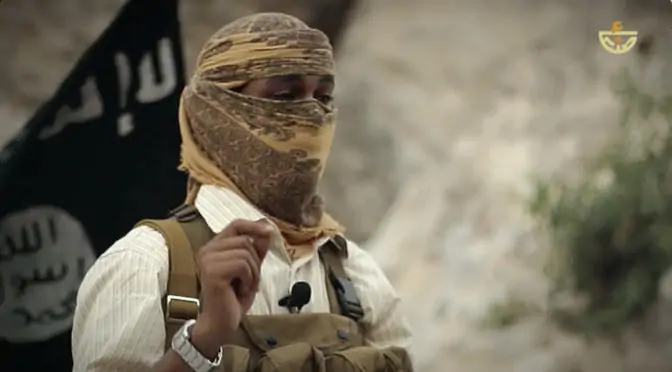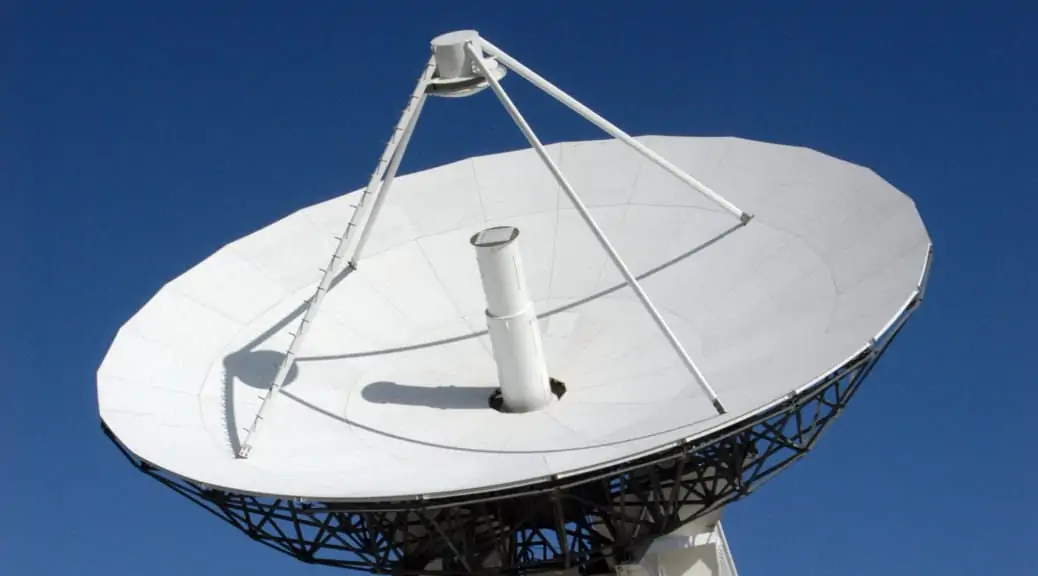Since the “Arab spring” in 2011, one has seen a series of old and entrenched dictatorships topple (Georges Corm, Le Proche-Orient éclaté, 2012), from Tunisia to Yemen, or, as in Syria, being replaced by a monstrous civil war. However, the very complex political forces thus unleashed, are not only rooted in the changing social, political and religious Middle-East context. New socio-environmental dynamics have also appeared, which reveal the dire vulnerability of some of these societies, about to lose the very resources upon which they depend. So, they struggle to find new resources, or new ways and means, in a very tense strategic context. These new trends are particularly impressive around the Red Sea, where Middle-East power relations are deeply transformed by …
Continue reading “Climate of Change on the Red Sea”
The remaining part of this article is for our members and those who purchased special access plans. Make sure you get real analysis and not opinion, or, worse, fake news. Log in and access this article.








